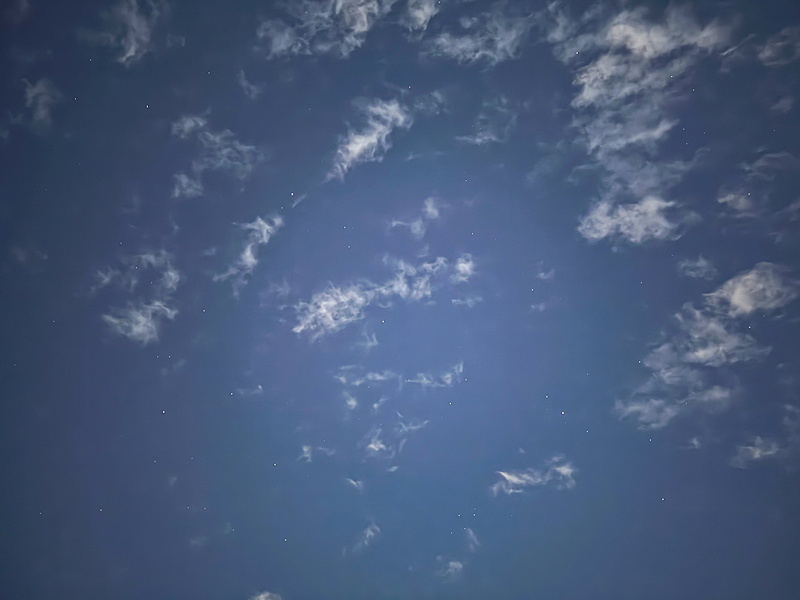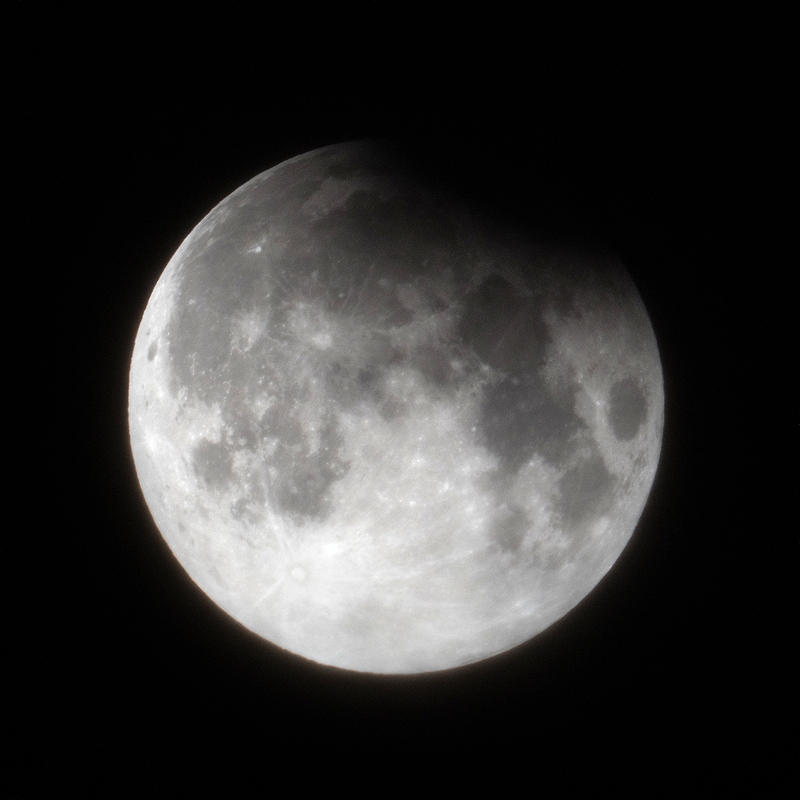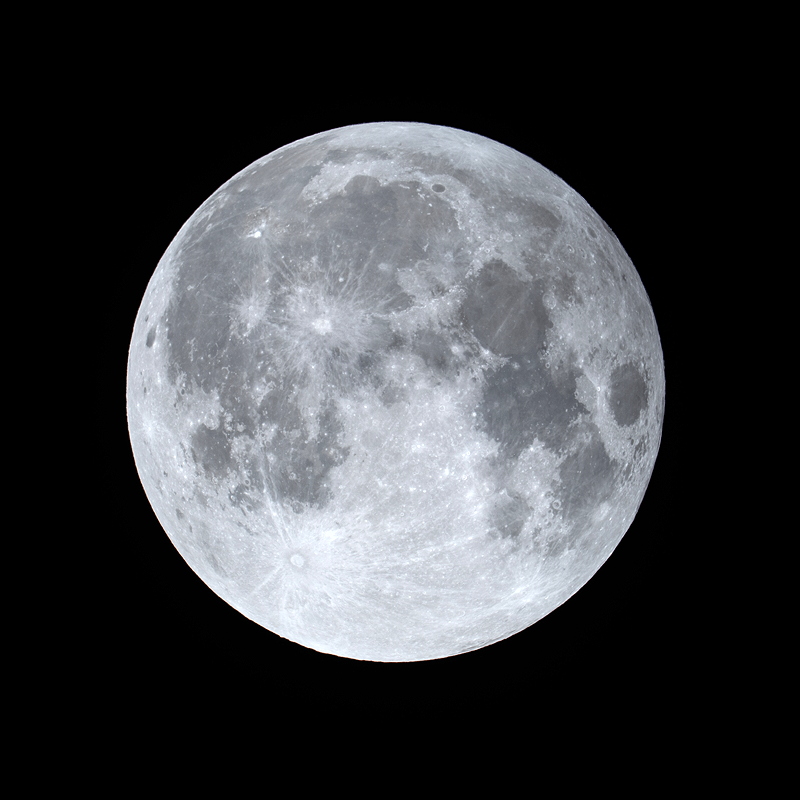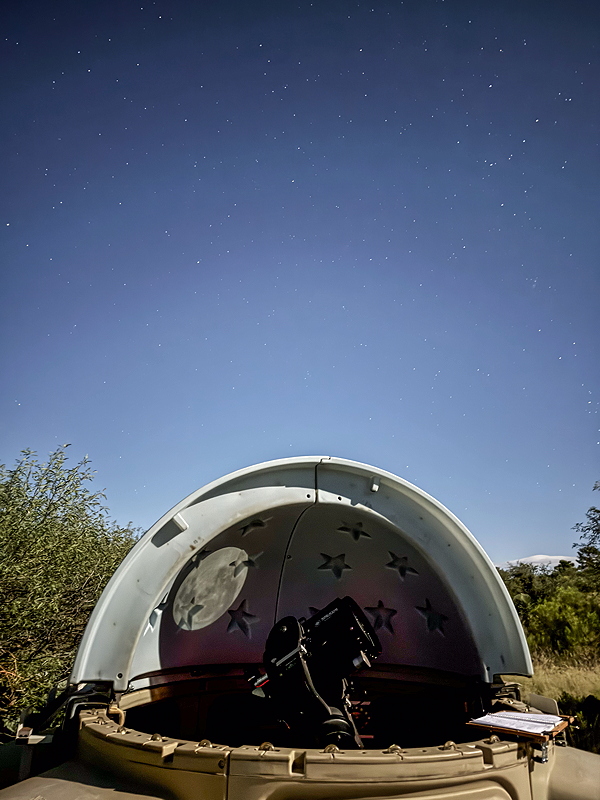Partial Lunar Eclipse
Posted: 18 September 2024
Late afternoon on Friday, 13 September 2024, clouds from an approaching weather system began appearing. Saturday morning, 14 September, I put the Dome Cover ON. That evening I attended a talk and star party at Oracle State Park, our local International Dark Sky Park.
The weather system arrived on Sunday, 15 September, but the forecast rain did not arrive here. Monday, 16 September, was still cloudy. Before sunrise on Tuesday, 17 September, it was cloudy with some rain (0.19"). I missed the Occultation of Saturn due to clouds. As sunset approached, the sky was partly cloudy. I decided to open the observatory to photograph the partial eclipse of the Moon.
|
Open: Tuesday, 17 September 2024, 1808 MST Temperature: 73°F |
Session: 2010 Conditions: Mostly clear |
Equipment:
12" f/8 LX600 w/StarLock
2" 24mm UWA eyepiece
Focal reducer
Camera:
iPhone 15 Pro Max
D850 DSLR
1816 MST: Dome Cover OFF.
SYNCed the observatory clock to WWV time signals. Then prepared the D850 DSLR for lunar eclipse imaging.
1826 MST: LX600 ON, StarLock OFF, High Precision OFF.
1828 MST: Sunset.
Viewed Venus, 102X.
Mounted the D850 DSLR at prime focus + focal reducer and focused on the planet Venus. Slewed the 12" telescope to the Moon, which had just risen but was behind the hill to the east. The penumbral eclipse phase had already begun.
1836 MST: Relaxed on the observatory patio bench while waiting for the Moon to rise over the hill.
1905 MST: There were a few clouds in the twilight sky as seen in this iPhone 15 Pro Max of the Summer Triangle high overhead.

Mouseover or tap on image for star labels
1912 MST: The partial eclipse began. The Moon was still behind the hill to the southeast. It became visible at 1920 MST with a clear sky.
Once the Moon appeared over the hill, it was behind a tree as seen from the observatory. These photos were taken with the iPhone using the NightCap Camera app (5X lens). All photos are full scale horizontally, but cropped vertically. The third and fourth photos were taken at maximum eclipse, with the fourth one using some digital zoom.




As the Moon was behind a tree after rising, I was not able to get any good images of the eclipsed Moon until maximum eclipse at 1944 MST. But even that one was blurred somewhat by the out-of-focus tree limbs. The Moon did not rise above the tree until 2013 MST. When I was not imaging the Moon, I relaxed on the observatory patio bench. At 2008 MST I saw a fast moving bright meteor high overhead going north to south through the constellation of Cygnus.
These images of the Moon were taken with the D850 DSLR through the 12" telescope at various exposures.
1944 MST: Maximum eclipse

2100 MST: Penumbral eclipse

Partial Lunar Eclipse montage

Click or tap on image for larger version
As the penumbral eclipse was becoming difficult to see, I removed the D850 from the telescope and viewed the bright Full Moon, 102X.
2111 MST: I projected the Moon onto the observatory dome and took this handheld iPhone 15 Pro Max (Night Mode, 10 seconds, 1X lens) showing the observatory, the Moon on the dome, and the constellation of Cassiopeia (upper right corner) looking down on Cassiopeia Observatory.

2115 MST: LX600 OFF.
|
Close: Tuesday, 17 September 2024, 2123 MST Temperature: 66°F |
Session Length: 3h 15m Conditions: Clear |
Comments are welcome using Email. Please read the Email Etiquette guidance.
Cassiopeia Observatory Home Page
Copyright ©2024 Michael L. Weasner / mweasner@mac.com.
URL = http://www.weasner.com/co/Reports/2024/09/18/index.html
